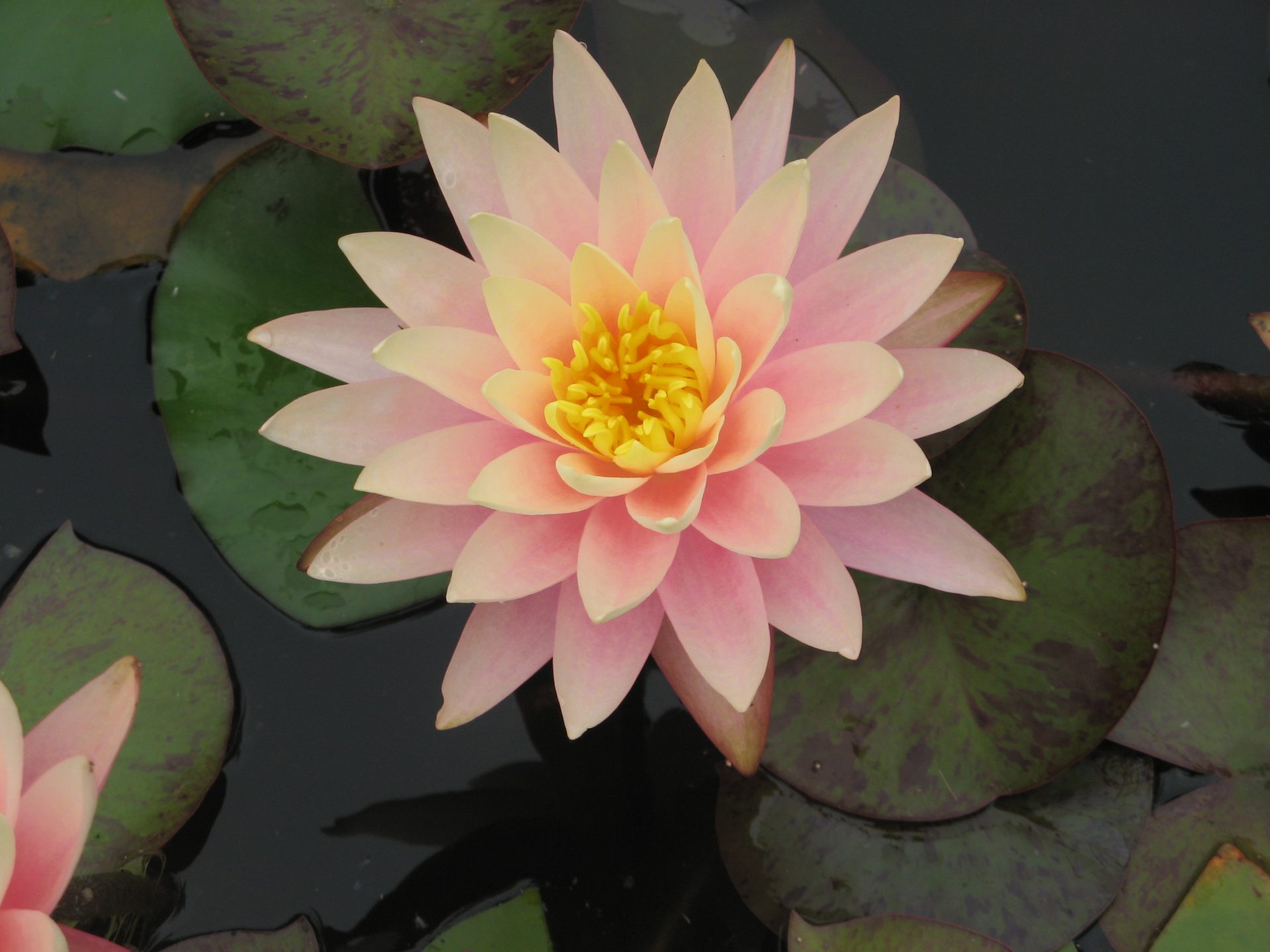Category: Advice
In the summer your pond should be at its best with healthy plants and fish and clear water, although there are a few problems which can occur. These are related to the increased activity of plants and fish, and also to very warm weather, however these are relatively easy to control …
Fish Distress due to lack of Oxygen
During summer, high temperatures can lead to fish gasping at the water surface, showing rapid gill movements and congregating around filter and waterfall outflows. This is due to a lack of dissolved oxygen. Such problems are usually confined to ponds in which there is little or no water movement and generally occur at night.
At higher temperatures fish need more oxygen, but unfortunately the water is not able to hold as much as it can when it is cold. Therefore if there is no water movement to allow the oxygen to be absorbed across the surface it can be quickly used up. This doesn’t usually occur during the day because the plants and algae in the pond will be taking in carbon dioxide and water and forming carbohydrates and oxygen (photosynthesizing). This will ensure that there is sufficient in all but the most overcrowded pond throughout the day.
However, after dark the plants and algae stop producing oxygen and instead use it to respire. This, in addition to the continuing oxygen consumption by the fish, filter bacteria and other pond inhabitants can quickly lead to oxygen depletion. Avoid this by ensuring there is plenty of water movement, which will mix the high oxygen content surface water, and the low oxygen bottom layers.
- Water movement can be achieved using a waterfall, fountain or pond air pump and during hot weather these should not be turned off at night.
- Any debris should be removed as it will use up a lot of oxygen.
- Care should be taken following use of some algae treatments as any dead or dying algae cells will consume oxygen at a rapid rate. We recommend removing as much blanketweed as possible before treating and using a product like Ecopond Barley-bio Algae Control to prevent re-growth.
Damage to Lilies
Whilst fountains are a good way to maintain good oxygen levels in the pond, they can have an adverse effect on water lilies which don’t like water splashing onto their leaves or flowers. If the water on the leaves evaporates in strong sunlight, it can burn the leaves resulting in brown areas that will decompose. Water falling on the flowers will usually result in the life span of that flower being greatly reduced, sometimes to just one day. Positioning water lilies away from fountains and other water movement is advisable – and watch out for the impact of the water blowing in strong winds.
In windy weather the water from the fountain can also be blown out of the pond resulting in water loss. It is therefore advisable to switch off the fountain during periods of windy weather or turn it down so water is not lost. However, if the fountain is part of the pump that provides water to the pond you shouldn’t turn off the pump – just turn down the fountain.
Evaporation
The loss of pond water in the summer can be considerable, particularly if you have a fountain or waterfall. In very warm conditions the loss of water can be so great that it is confused with a leaking pond. You can test this by sprinkling a little flour on to the surface of the pond on a still day – if it moves towards a particular area there may well be a leak, if not the water is simply evaporating. Evaporation losses should be replaced on a regular basis in fish ponds. In wildlife ponds it is less of an issue as the level of water in ponds in the wild will fluctuate and wildlife will adapt. If tap water has to be used the pond should be treated with a product such as Ecopond Chlorine Guard to remove harmful chlorine.
Algae (both green water and blanket weed types) and duckweed can also be a problem. See our separate tips on dealing with these.
